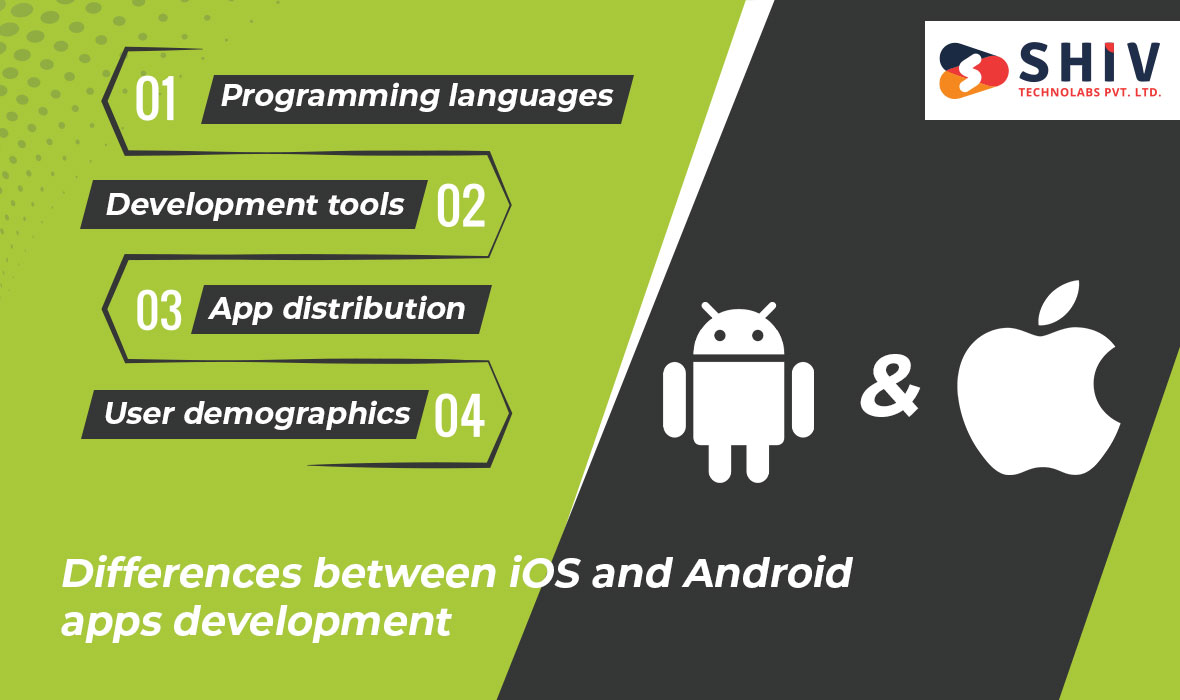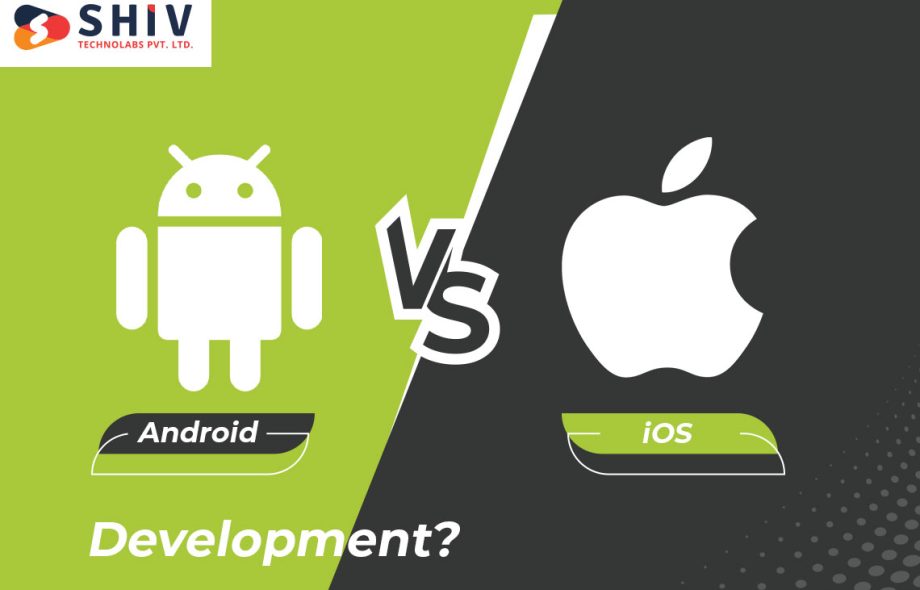Android and iOS have been leading the development of mobile apps in the fast-changing world of mobile technology. Android, led by Google, allows developers to innovate and customize in an extensive ecosystem. On the other hand, iOS, which is the brainchild of Apple, promotes a closed system focused on a uniform and seamless user experience across its controlled hardware and software platforms.
This article discusses the key differences between Android and iOS development on a fundamental level, analyzing their ecosystems, programming paradigms, development tools, market dynamics, and user demographics.
What is iOS app development?

The process of iOS app development means making software applications designed to operate on Apple’s iOS operating system. Developers code, design user interface, and implement functionality using programming languages such as Swift or Objective-C and Apple’s IDE, Xcode.
Using Apple’s frameworks and APIs, developers make sure their apps are Apple-designed and of high quality. iOS app development is a process that requires a focus on details, compliance with App Store requirements, and regular app updates to comply with new versions of iOS.
What is Android app development?
Android app development involves developing software applications designed to operate on the Android operating system developed by Google. Android app development involves different device form factors, screen sizes, and hardware capabilities.
Expert developers at Shiv Technolabs use programming languages such as Java or Kotlin and Android Studio, the official IDE of Google, to code, design user interfaces, and develop functionalities. They use Android’s huge collection of APIs and libraries to develop many applications like games, productivity tools, and social networks.
Differences between iOS and Android apps development

Programming languages
- iOS: Most iOS apps are developed in Swift, a modern programming language created by Apple for iOS, macOS, watchOS, and tvOS development. Legacy projects still use Objective-C, the predecessor of Swift, but it is being replaced by Swift because of its improved performance and safety features.
- Android: Java or Kotlin programming languages are the dominant languages in which Android apps are written. JetBrains unveiled Kotlin which was later accepted by Google as an official language for Android development and it provides brief syntax, null safety, and interoperability with Java.
Development tools
- iOS development: Xcode is the official Integrated Development Environment (IDE) for iOS development, which comes with a complete set of tools for developing, testing and debugging iOS apps. Some of the features that Xcode offers include Interface development, Instruments for performance analysis, and XCTest for unit testing.
- Android development: Android Studio is the official IDE for Android development, based on the IntelliJ IDEA platform. The Android Studio provides a toolset for coding, debugging, testing, and profiling Android apps, while being closely integrated with the Android SDK and Google services with the help of android app development company.
App distribution
- iOS app distribution: iOS apps are distributed only through the Apple App Store, which has strict guidelines and quality standards for app submissions. The App Store is a set of selected apps and a safe zone for users to install and download apps to their iOS devices.
- Android app distribution: The primary way in which Android apps are distributed is through the Google Play Store, which is a huge library of apps that reaches a wide global audience. The Play Store allows for app distribution flexibility, but this openness makes the platform vulnerable to malware and security threats.
User demographics
- iOS users: iOS users are usually found to be in the upper economic strata and show higher purchasing power than Android users. The demographic profile of those who use iOS makes these users tend to purchase premium apps, subscriptions, and in-app purchases.
- Android users: The Android caters to various users from different geographical locations, socioeconomic levels and social demographics. The android app development services are attractive to those looking for affordability, choice, and customization options, with several devices in different price ranges.
Conclusion
Although iOS and Android app development have similar goals of providing high-quality apps to users, there are many differences between these approaches in terms of programming languages, development tools, app distribution, and user demographics. These differences should be taken into account by developers when designing and implementing apps for each platform, making them resonate and deliver excellent user experiences.
 :
https://wewp.io/
:
https://wewp.io/












